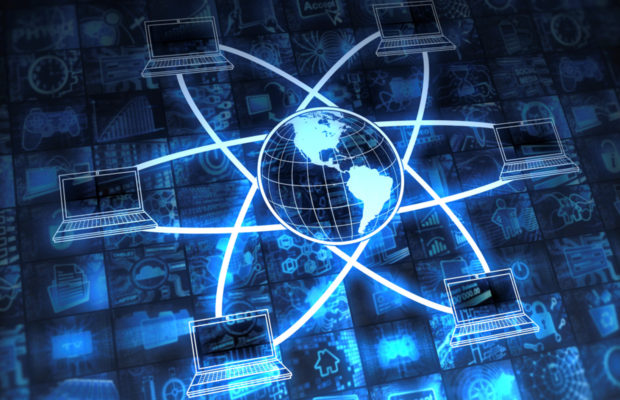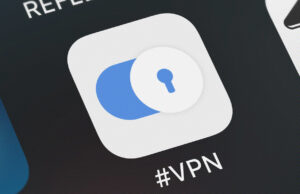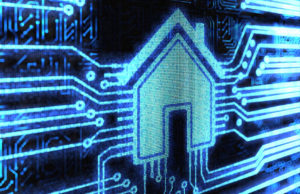The Basics Of Network Monitoring

Over the years, IT infrastructures have evolved quite significantly. They have evolved from being a flat network with only a handful of elements, to being a lot of technologies at play such as cloud, wireless and remote users. There are now even VPN, IoT and mobile devices to contend with in your network monitoring. All of the connected devices need to be monitored to ensure maximum efficiency and to ensure the servers can cope with the increased demand. Here are some general monitoring techniques.
General Monitoring Protocols And Techniques:
If you are to successfully monitor your network, the availability of the below information is crucial.
- Data or information from various elements of the network. Data such as information about the working, current status and performance. And the overall health of the element being monitored.
- An application performance monitoring software must be able to collect and process data, and then present it in a user friendly format.
- A protocol or method for transporting information between the monitored element and the monitoring software that you are using.
Constant monitoring will create a high performing network, and will prevent any server downtime. The information collected from the network will allow you to monitor the network more efficiently and enable you to put into action any downtime preventive measures.
Here are some information collecting techniques that you can use to monitor your network.
- Ping: This is used to test the reachability and availability of a host IP network.
- Simple Network Management protocol (SNMP): This is used to exchange information between hosts in a network. This is the most widely used protocol for the management and monitoring of your network.
- Syslog: This is a message logging system that allows a device to send event notifications in IP networks.
- Scripts: Scripts use common commands, such as ping and lynx, that are supported by most network elements to perform an action. Actions performed can include collecting information from elements, making changes to device configurations and performing scheduled tasks.
Database Basics:
A database is a collection of data or information that is structured. Databases and their related DBMS are usually run on dedicated servers.
- Relational database design: There are multiple database models, but the most popular are based on the relation database model (RDBMS). An RDBMS allows its users to create and maintain all data in tables. Each table is a collection of related data, consisting of both rows and columns. This method of data presentation allows for viewing in multiple ways.
- SQL Queries: This is a standard language for accessing information from databases. They can be used to perform actions such as create, delete and upgrade.
- Server Monitoring: This is continuous collection and analysis of usage, performance, and event metrics for your server.
There you have it. Some of the very basics of network monitoring. Combined with your best practices of monitoring your network, these basics will go a long way towards preventing server downtime and will maximize the efficiency of your network. Your network is vital for your business, and these simple basics will ensure it is working at all times.













 © 2024
© 2024
0 comments